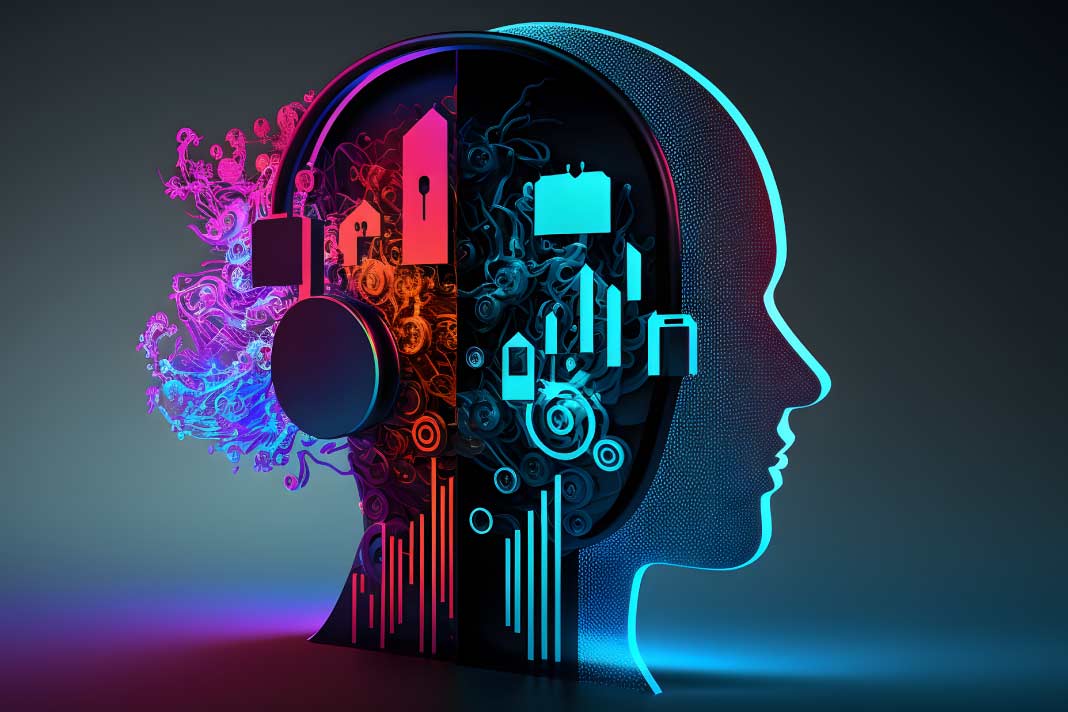GenAI offers an opportunity to make data integration and business process automation easier to implement and accessible to non-technical staff. That spells relief for IT teams.
Technology leaders—it’s time to put yourself first. Really.
I’d like you to pause, take a moment, and think about how important, critical, and relied-upon IT departments have been in the last three years alone. From the shift to working from home back to returning to the office and hybrid workplace environments, the introduction of generative AI—via ChatGPT—from zero to 100 million active users in two months, and the constant push to incorporate AI and automation into business processes), your job has no shortage of challenges. And according to these CTOs, there are more to come.
So take that moment of zen, and consider the adage that you can’t pour from an empty cup. You have to put on your life vest first before you can help others. I don’t necessarily mean this in a literal sense, though I encourage you, dear reader, to take care of yourself.
As you’re considering how to wrap your arms around a swarm of new technology advancements, corporate objectives, and consumer priorities, how can you rise to the occasion and make an impact? Start at home. First, ensure your technology teams have what they need, their cups are full, and oxygen masks are safely on so they can empower the rest of the organization to adapt.
Technology is everyone’s job now
As Deloitte puts it, “Technology has become everyone’s job.” Most positions—no matter the industry, function, or seniority level—now require a basic level of tech-savviness and a basic understanding of data and analytics.
And that’s partly because the average tech stack has sprawled far and wide. Consider these figures:
- Enterprises use an average of 364 applications
- Each team is using around 40 to 60 applications
- More than half (56%) of SaaS applications are not owned or managed by a company IT department
Whether or not IT departments are involved in activating every tool, they often support them in one way or another. Not to mention the work it takes to integrate all these systems to standardize operations and reporting from a source of “data truth.” In fact, according to a survey report on how the economy has affected the typical IT workload, respondents indicated that 48% of their time is spent integrating new applications and platforms.
The bottom line is that the whole company needs help from IT—the backbone of a modern, data-driven enterprise—and it looks like that will only continue.
Where to start with genAI? Start with IT
Generative AI is the latest catalyst for digital transformation in the enterprise. Google rolled out its enterprise AI tool, Duet AI, for Google Workspace. Salesforce released Einstein GPT, generative AI for their CRM. Microsoft bought a stake in OpenAI and brought OpenAI’s GPT models to Azure, Bing, and Microsoft Copilot. AWS formed a strategic collaboration with Anthropic, the makers of the Claude large language model (LLM), and recently rolled out Amazon Q, a genAI assistant for Amazon cloud users.
The potential gen AI has for business is limitless, but the challenges with ensuring the successful adoption of AI often fall on IT. As an already overburdened department, IT is seen as the bottleneck preventing organizations from efficiently leveraging and operationalizing AI tools to enhance productivity. However, research shows that 67% of workers use generative AI to save one to five hours of work per week and that 40% of employees use generative AI without disclosing their usage to their employer.
So, suppose your workforce is realizing the benefits and will be using generative AI regardless. Why not start with your team—where it can make an impact that extends across the organization both safely and securely? Start with IT.
Start with generative integration
Generative integration is a portmanteau for generative AI and integration—shorthand for using genAI to connect data, systems, and applications. ChatGPT might have made generative AI a household name, but the applications for this technology go far beyond generating copy on the fly or preparing for an interview.



